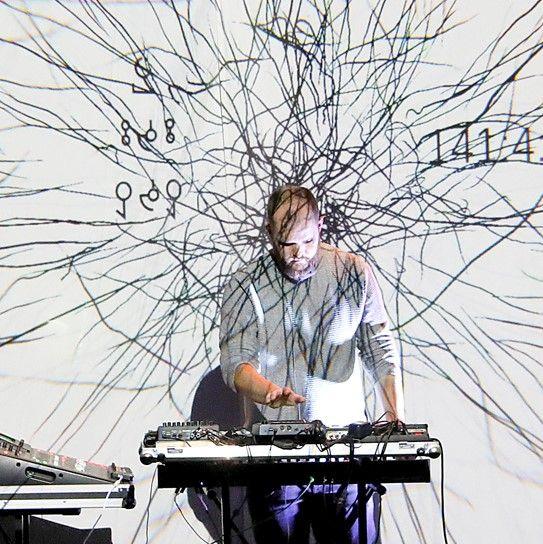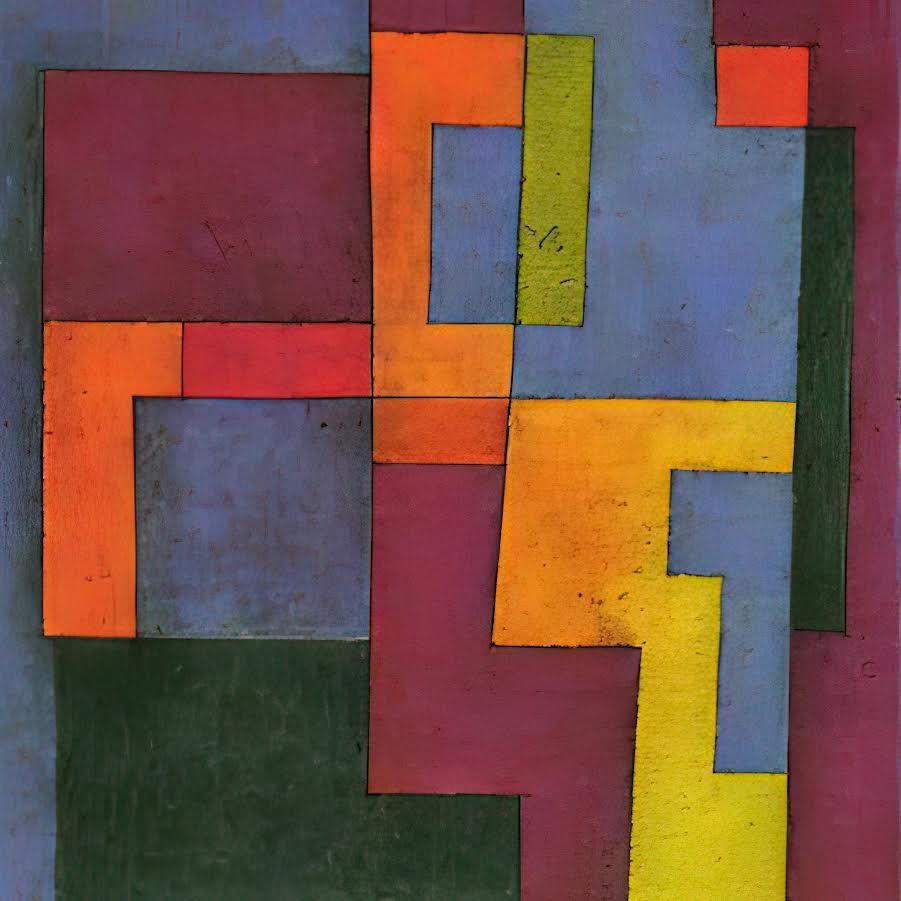Putsch
completedPlayOn!

SummaryPutsch is an interactive game that explores the alienation process of office life and the temptation of radical thought. The audience members are led through an intern office experience by actors (co-workers, superiors, played by actors both professional and amateur) and an “inner voice" that is enabled via radio triggers and bone-conducting headphones and hidden in an office tie. Audience members are led to believe, that they could change things for the better, fulfil quests and file suggestions into a “Feedback Friend”. But to their disappointment, all feedback turns out to be futile. When the idea of a coup is given, they are enticed to participate.
The play takes place in an actual office, in which people are doing their real-life work during the performance.
___________________________________________________________
A Landestheater Linz and Das Planetenparty Prinzip production as part of the Creative Europe project PlayOn! in collaboration with SCHÄXPIR Linz and La Strada Graz
Introduction
We wanted to make a participatory game that created a world in which the audience had an assigned role and the story would unfold because they took part in it.
The idea of the theme of “coup” came with a small situation in which an audience member thinks “I can change this, I know how it could be better”, that can take place in everyday work life.
What technology was the focus of the work, and why?
Bone-conducting headphones leave audience members free to hear their surroundings and the actors while being guided by an “inner voice”. LORA network, to have a wide coverage of space (one antenna instead of multiple wlan-routers).
What did you hope to explore in terms of technology, form, and content?
Each audience member should have a very singular, individual experience. There should be a plethora of tasks and stories to experience on their way to disappointment and the coup, to have them experience the office on their own. Quests (and their accompanying audio files) should be triggered either by actors, giving them a task, or by being inside a certain area.
Creative Process
How did the collaborators work together on this project?
Landestheater Linz teamed up with Das Planetenparty Prinzip who, with Simon Windisch, have experience in the making of large and world building games. Together we developed the idea, cast amateur members and rehearsed.
Planetenparty Prinzip and set designer Andrea Meschik and the team around software and hardware development built the technical hard- and software as well as parts of the set, while other set parts were built in Landestheater Linz workshops or supplied from their storage.
Das Planetenparty Prinzip mainly developed the text of the game, Landestheater Linz supported dramaturgically. Since Das Planetenparty Prinzip worked for a long time in Graz and Landestheater Linz was situated in Linz, from both groups a good amount of project management and communication was necessary, as well as visits to each other’s workspaces.
What forms of trial and error occurred?
The tricky part of the technical set up was that it could only be tested if everything was there and plugged in.
When we were finally in our performance space and set up our equipment, set design and actors, we quickly tried to do test runs, because the time until the premiere was short.
Did you use existing software?
AdaptorX (https://docs.adaptorex.org) served as inspiration, but the program used was written by the software team. In the early planning stage, bone-conducting headphones were available, but had gone from the market when we were ready to compile our outfits, so the headphones had to be assembled manually.
Did any of your questions or goals change, over the course of this project?
In the first draft, we wanted to build an autonomous office space with many single cubicles. This then morphed into the idea of working in an actual office, as finding an empty office was as tricky as finding one “in use”, but which already had typical office architecture.
Additional to the headphones and ties, radio sets were set in every office. They should have been triggered by a LORA signal as well to play specific sounds/volumes at a certain moment – this did not work.
Also, the headsets did not always work as reliably as needed (or the audience members proved not as compliant with the "inner voice"), so certain fail safes had to be established in order for people not to fall out of the game in these cases. Everything that did not work technically had to be substituted by persons.
What were the key milestones in the development of the production?
Finding a performance space was difficult, as it should be played in an office where people actually worked while the game was taking place. When the Department of Culture of Upper Austria offered their building, we were more than happy!
Dramaturgically it was quite tricky to construct the development of the game – what do they hear when, how many tasks do they need to learn something about this world. When the first draft of “beginning, crisis, trust, tasks, disappointment and coup recruitment” was developed, we had a much clearer path.
Technically, the first time everything was plugged in and it worked was a key milestone. The final milestone was probably the premiere, as there were still some important changes after the general rehearsal.




Reflections
What was the final outcome of the project, and how does it compare to any expectations at the start?
The project was a success. It needed more personnel than expected, where technical difficulties arose.
In what ways was the production a success?
Audience members had a lot of fun, found their way through the story and were invested in their role.
Co-producing partners learned a lot from each other and from the project.
The technical setup was developed mainly from scratch and is now working and can be used for further projects.
Landestheater Linz now uses bone conducting headphones in their sound department, e.g. for audio descriptions.
What elements of the final production would you change?
Depending on where such a play is performed, whether using LORA (which has a bit of a delay) or W-LAN should be considered.
If other people were to take a similar approach, what advice would you give?
Preparation time on site, where everything can be tested, is the most precious asset – it should be as long as possible.
The code for this project is open-source: http://wiki.planetenparty.at/Putsch





